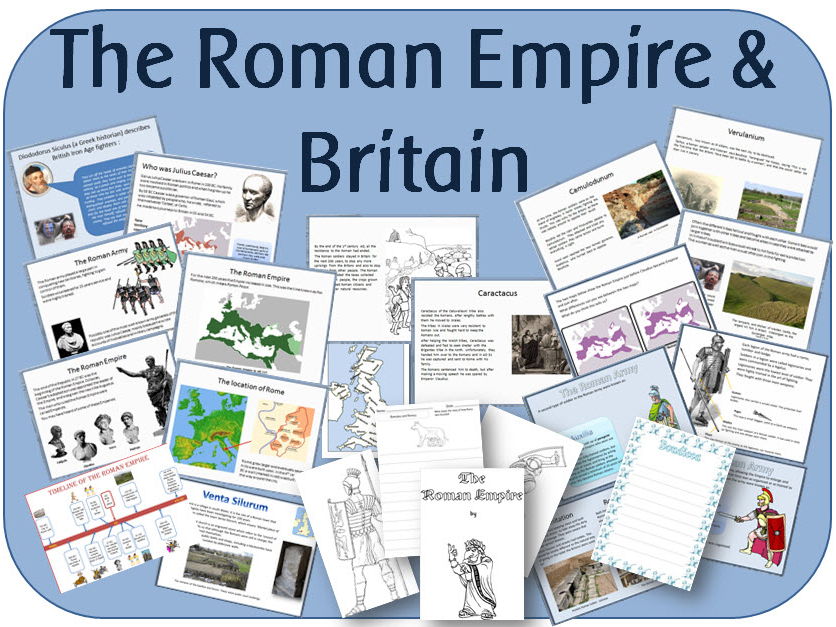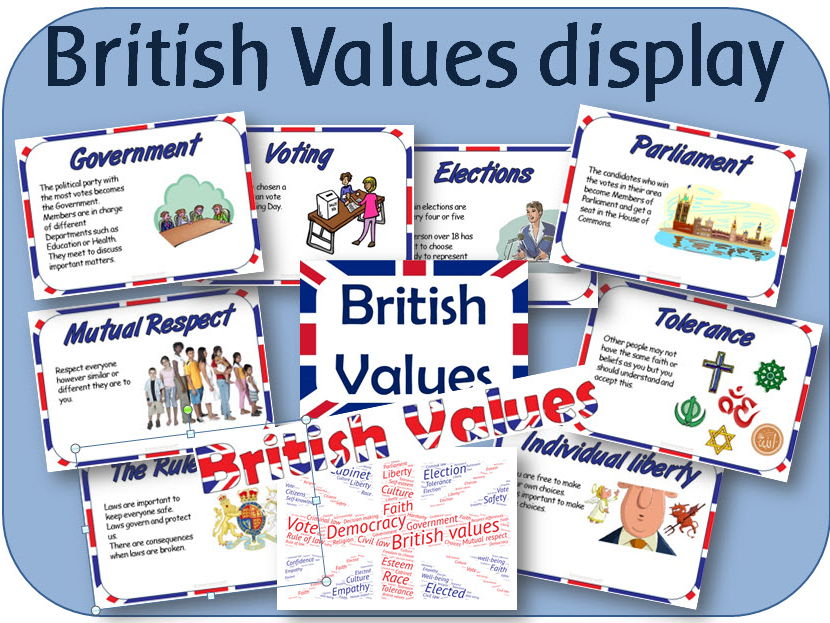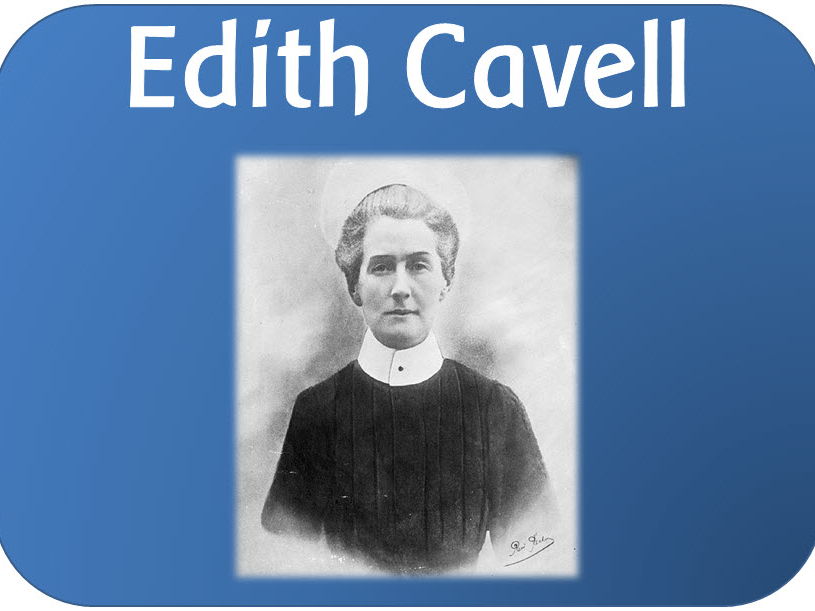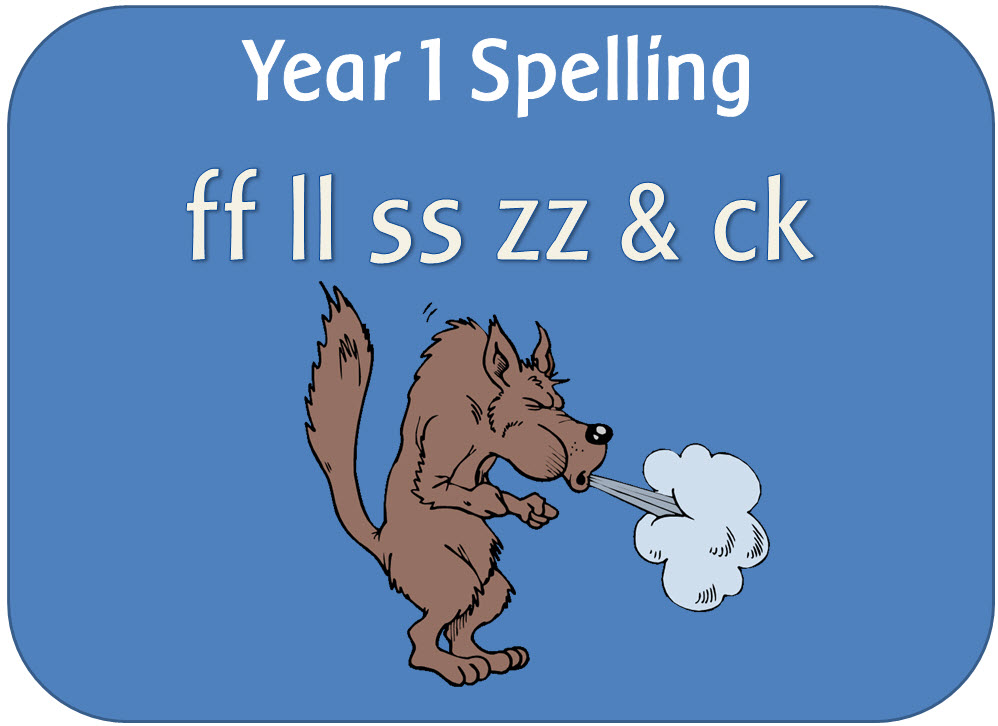
404Uploads
1066k+Views
681k+Downloads

KS1 History: Edith Cavell Powerpoints, worksheets, activities and display pack
A set of resources to teach KS1 about Edith Cavell and how she helped soldiers in the Great War. The pack includes planning, display, interactive whiteboard lessons and class activities.
1 WHAT WAS IT LIKE WHEN EDITH WAS ALIVE
The Powerpoint sets the scene, showing what life was like when Edith was born. It looks at her birth in a chronological framework, and talks about differences between then and now.
Activities:
Now and Then pictures: to look at and discuss, or to use for display
Questions about Edith Cavell: A picture of Edith in her nurses uniform, with questions for the children to think about.
2 THE LIFE STORY OF EDITH CAVELL
The 20 page Powerpoint looks at her life in detail until the time she returns to Belgium when the war begins.
Activities:
The Cavell family Census records
Hotseating questions: Sheet for the children to fill out what kinds of questions they would have liked to have asked Edith
Pictures to tell her story: Six pictures from different times in her life; can be used for sequencing or to illustrate her life story.
The Life story of Edith Cavell Ebook: A contemporary book written about Edith. (Not suitable to give to the children to read, but useful to look at passages)
3 WHAT DID EDITH DO IN THE FIRST WORLD WAR
The 26 page Powerpoint tells the story of the last year of Edith's life. It looks at Belgium at the beginning of the war, and what Edith did for the soldiers. It looks at how and why she is remembered today.
Activities:
1914 map of Europe - accompanied by a Powerpoint showing how Edith travelled to Europe. The map can be used for identifying the countries, or for showing her route to Brussels from Norwich.
Other activities / display resources
Edith acrostic poem sheet
Picture timeline: 10 pictures of Edith from when she was a child to just before she died.
Project cover
Story planner
Word search
Writing sheets (x3)
The story of Edith worksheet
PLANNING
An adaptable plan in Word, following the Primary Curriculum 2014.

KS1 KS2 history topic: Titanic display pack
Printable Titanic display resources, including heading, word / help mat, lettering, Titanic images, and vocabulary.
TITANIC LETTERING - This lettering is to cut out for display. 'THE TITANIC' is written out, plus there are all upper and lower case letters and numbers included so that you can print out whatever you need to personalise your display.
TITANIC HEADING - Prints onto an A4 sheet.
WORDMAT - An A4 help mat for the children to refer to during the topic with pictures and vocabulary
NEWSPAPERS, POSTERS AND MEMO - To print out for display
TITANIC IMAGES - Old photographs of the Titanic for display
TITANIC VOCABULARY - 3 words per A4 sheet, includes: Officer, Captain, steward, passengers, crew, voyage, deck, stern, bow, starboard, port, hull, oars, anchor, porthole, crow's nest, shipwreck, lifejacket, wreckage, lifeboat, iceberg, radio, newspaper, debris field, plus some of the crew involved in the maiden voyage. Each word is accompanied by a picture and definition / description.

Nocturnal animals powerpoint
A 30 page PowerPoint file, explaining what nocturnal animals are; why they come out at night; how they feed and live etc. The animals include:
Bats
Owls
Badgers
Foxes
Hedgehogs
Moles
Mice
The file also includes a page of related vocabulary, how nocturnal animals see, and looking for evidence of nightime activity.

Year 1 Science - Plants topic pack
This set of resources includes planning, worksheets and powerpoints. The powerpoint lessons cover the following objectives:
identify and name a variety of common wild and garden plants, including deciduous and evergreen trees
identify and describe the basic structure of a variety of common flowering plants, including trees.

EYFS / KS1 Ourselves and the five senses display pack
A pack of posters, vocabulary, headings, lettering and display borders:
Ourselves headings and titles:
Five Senses title: Prints onto 4 A4 sheets - can be used as a banner, or the letters can be cut out.
Ourselves lettering x2: 2 different versions of A-Z letters, both with pictures of children's faces.
Ourselves banner: Prints onto 2 A4 sheets, with a border of children's faces.
Ourselves border: With children's faces, to frame your display
Ourselves title: 2 A4 versions.
Ourselves Posters:
Body Parts: 17 A4 sheets, with title and vocabulary with pictures - eye, nose, ear, mouth, head, neck, shoulder, back, chest, arm, elbow, hand, leg, knee, ankle and foot. Also includes a title. (One version shows a skeleton outline, with arrows pointing to the location of each body part, the other shows the outline of a body.)
Growing up posters: 15 pages of humans of different ages, for display, or sequencing activities.
Matching baby animals: Can be used for display or matching games. Animals include dog / puppy, horse / foal, cat / kitten, chick / chicken, lamb / sheep, kid / goat, duckling / duck, caterpillar / butterfly, baby / adult, and tadpole / frog.
Movement posters: Pictures and labels of different types of movements that humans and other animals make - jump, run, skip, crawl, hop, climb, cycle, walk, dive, swim, fly, slither, scuttle, gallop, flutter and wriggle. Also includes title.
Ourselves vocabulary: 17 pages of useful vocabulary for the children to refer to. Includes words for parts of the body, words relating to living things, words for making comparistons (eg tall, taller, tallest), and words relating to the senses. 12 pages contain 2 sets of vocabulary and pictures; 3 pages contain 3 sets of comparison vocabulary, and 2 pages contain 5 sets of vocabulary labels.
The Five Senses posters: Includes a title, pictures and descriptions of the 5 senses.
Ourselves word / help mat: Contains useful vocabulary with pictures for the children to use when writing.

Year 6 science - Light - powerpoint lessons, worksheets and display pack
A set of IWB lessons, worksheets, activities, planning and display resources to teach about light, shadows, reflection and refraction following the objectives in the new science curriculum.
The pack includes:
POWERPOINTS:
SEEING LIGHT: Recaps on previous learning, that the sun is the main source of light, and looks at other sources of light. It explains how light travels in straight lines and demonstrates how we can see objects when light reflects off them.
SHADOWS: Discusses how shadows are formed, and how they are changed when the source of the light moves.
REFLECTION, REFRACTION & LIGHT PHENOMENA: Explains how periscopes work, how objects seem to change when they are under water, how rainbows form, how soap bubbles reflect light, how coloured filters work, what night vision is, and briefly looks at other types of light that the children might have heard of.
WORKSHEETS AND ACTIVITIES:
Topic cover x 2
Concept worksheet
Worksheet to explain about light
Investigation cards to inspire different investigations
DISPLAY:
A4 Title
A-Z lettering
Vocabulary
INVESTIGATION:
A folder of blank investigation and recording sheets, plus bar charts
Plus a medium term plan with activities and web links

Introduction to reading and writing sentences Y1 Year 1
These resources introduce the concept of a sentence and show how to write a sentence.
POWERPOINTS:
Introduction to sentences: Explains what sentences and punctuation are. It reinforces the importance of capital letters, full stops, question marks or exclamation marks, and spaces in-between words.
How to compose a sentence: Introduces the concept of sentence writing, and how the children should think about and then say the sentence before they write it down, remembering to read through and check their work when finished.
“I can” sentences: simple sentences for the children to read. The vocabulary gets progressively harder, from simple CVC words to using long vowel graphemes and blends.
Jake’s Full Stop: A story demonstrating how important it is to put full stops in the right places.
Picture sentences: Find the correct sentence out of four to match the picture.
Joining sentences with ‘and’: Demonstrates how text can become more interesting when ‘and’ is used to join sentences. Ends with sentences for the children to join with the word and.
Words that fit: Find the words that can be substituted in the sentence.
Sentence building: Jumbled up words that need arranging into sentences. Suitable for a class writing activity.
WORKSHEETS (PDF) - to accompany the PowerPoints
Worksheets: 15 different worksheets to accompany the lessons, including -
A checklist when writing sentences
Finish the ‘I can’ sentences
Write the words that fit
Write sentences about a picture
Punctuation story
Match the sentences
Cut and make a sentence
The worksheets are in both colour and black and white.
Some of the PowerPoints include a linked video to watch. This is a link shared through SafeShare T.V., a program that filters adverts and unwanted commercials from the clip. You may need to check if you can access this in school.
The links were checked before uploading, but if any don’t work, feel free to contact me.

SPaG Year 2 Spelling: The /r/ sound spelt wr
A set of resources looking at words beginning with wr.
POWERPOINT: Explains the spelling and gives examples for the children to read. Then there is a spelling activity, using a look, hide and check format
BINGO: Wr words
CARDS: Matching cards with words and pictures
CROSSWORD: wr words
PRACTICE SHEET: Writing words beginning with wr spelling sheet
WORDSEARCH: wr words
WORD DOCUMENTS: Lists of words and a planning document.

SPaG Year 3 Grammar: Paragraphs, headings, sub-headings and present perfect form of verbs
POWERPOINTS:
Paragraphs:An introduction to paragraphs, explaining what they are and how to write them.
Headings and sub-headings:An introduction to headings and sub-headings, explaining what they are and where and how they can be used.
Present perfect:Explains what the present perfect tense is and how it is formed. It ends with sentences for the children to rewrite using the present perfect tense.
PDF activity: Present perfect worksheet

EYFS Rhythm and Rhyme phonic activities resource pack
This pack is a collection of PowerPoints and printable resources in pdf. It will help give children experience how words rhyme, and to develop an awareness of rhythm in speech. Listening to and joining in with rhymes and playing rhyming games help children to develop skills to know how letters correspond to sounds.
Fits in with Letters and Sounds Phase 1.
PRINTABLE GAMES AND ACTIVITIES:
• Dominoes – showing pictures of simple cvc words
• Odd one out cards – print, cut and laminate for a rhyming game
• Rhyming pairs – 40 images showing pictures of rhyming pairs. There are 4 per A4 page so can also be used for display or flashcards
• Rhyming soup game – A printable version of the powerpoint. The children have to make a soup out of rhyming objects (eg snake, cake, rake etc)
• Rhyming words bingo – 4 bingo cards with 7 pictures each.
• Two rhyming worksheets
•
DISPLAY:
• Large lettering: Rhymes (one letter per A4 page, if you want them smaller you can alter the print settings.)
• Large lettering: Rhyme Time(one letter per A4 page, if you want them smaller you can alter the print settings.)
• What rhymes with….posters – A set of 6 A4 colourful posters with pictures of rhyming words. Rhymes include what rhymes with…can / hat / pot / bug / cap and zip.
POWERPOINT GAMES:
• Can you think of words that rhyme - Simple introduction to rhyming.
• Making up rhymes - Explains rhyming words, and then encourages the children to make up rhymes using the images.
• Odd one out - Find the picture that doesn’t rhyme from a choice of 3, with immediate feedback.
• Playing with words - 20 images of words with longer syllables.
• Rhyming pairs - Find the rhyming pair from a choice of 3, with immediate feedback.
• Rhyming puppets - 14 name rhymes for the children to finish.
• Rhyming soup - ake - An interactive version of the game, the children click on the object to put it in the soup bowl.
• Rhyming soup - an
• Rhyming soup - at
• Rhyming soup – ip
• Rhyming soup – ox
• Rhyming words - 11 sets of rhyming words, encouraging the children to make up rhymes with them.
• Words that rhyme - Find the 2 pictures that rhyme from a choice of 3.
•
POWERPOINT RHYMES:
• A pig who was big - 9 rhyming verses about pigs
• Action Rhymes - 8 different rhymes: Two little feet / I wiggle / This is the way / Wind the bobbin up / A sailor went to sea / Jack-in-the-box / Clean up/ I’m a little teapot / Row your boat.
• 5 fat peas
• Dingle Dangle Scarecrow
• Down in the jungle
• Head, shoulders, knees and toes
• Katalina Matalina
• Peanut butter
• Ten fingers
• The Farmer’s in his den
• The wheels on the bus
• There was a princess

Letters and Sounds Phase 3 Captions and sentences
A set of all Phase 3 captions and sentences - powerpoint activities, worksheets and games.

British Values Powerpoint lessons and activity sheets for KS1 and KS2
The set contains the following powerpoints:
Democracy introduction: Explains what democracy is, where it began, and a short history of how Democracy began in Britain. It explains that not all countries are democracies and gives examples of other types of government.
Democracy in Britain: Explains how democracy works in Britain; how votes are made, elections, political parties, Parliament and Government
Respect and Tolerance: Explains the ‘Out of Africa’ theory of where humans originated and how the migration of humans has affected race and culture. Explains the six major religions in Britain; their beliefs and their origins; asking the children to look at similarities and differences between them.
Respecting Differences: Something to make the children think - looks at different features in humans and how we might all be different but we are all human.
The Rule of Law: Explains what the Rule of Law is and how the legal system developed in England/Britain from medieval times to the present. Looks at civil law and criminal law, explaining the differences, and how the courts and the police are there to protect us.
The set also includes flags/ bunting to colour, writing and activity sheets and a topic cover.

The Gingerbread Man resource pack: powerpoints display activities and masks
A large pack of resources. It includes:
POWERPOINTS:
The Gingerbread Man Story
The Smelly Cheese Man (an alternative version of the story)
The Gingerbread Man poem
ACTIVITIES
Acrostic poem (spelling out Gingerbread Man)
Blank speech / thought bubbles: 8 different sizes and shapes to print out and fill in.
Counting cards: 0 to 20 in numerals and Gingerbread Man faces to match up / play snap etc.
Vocabulary cards: 18 words and matching pictures. Can be used for games, display or labelling activities.
Counting cards: Cards to laminate different numbers of Gingerbread men and a box for writing in the number.
Characters to print and use for stick puppets
Larger characters - 2 per A4 page for display / other activities.
Gingerbread Man clipart: black and white to colour
Gingerbread Man clipart: Colour
Gingerbread men to print: Large men in black and white, different versions, to make own faces / clothes etc.
Sequencing pictures: 10 small pictures. The children can cut them up and stick in sequence, or they can be laminated and used for an activity.
Story sheets: Contains the same images in the sequencing pictures but there is one picture per A4 page with lines for the children to compose their own story.
Wanted poster
Word mat containing vocabulary needed for the story.
Writing border: 2 different designs; colour and black and white.
DISPLAY
A4 Heading x 2
A-Z lettering - to cut out for display
Lettering/banner: The Gingerbread Man - prints onto 6 pages. There are 3 different designs.
Border: Images of the Gingerbread Man to frame a display
Alphabet a-z in lower case with a gingerbread man background
Number line 0-20 with digits and written numbers with a gingerbread man circle background
The Gingerbread Man poem
MASKS
13 character masks to act out the story.

Pirates topic pack: Powerpoints, activities and display
POWERPOINTS:
Pirates Introduction: Explains the history of pirates, who they were, where they operated and what they did.
Pirate Life:
Daily life of pirates; pirate flags; injuries; pirate attacks; punishments; code of conduct etc.
Henry Morgan - the king of pirates: His life story
Famous Pirates: Includes Blackbeard, Black Bart, Black Sam, Anne Bonney, Captain Kidd; with facts of their lives and their pirate flags.
Pirate Activities: Fun things to do, songs etc.
Pirate glossary: 25 pages explaining different pirate terms /objects etc
Pirate Shipwreck: Recount of the sinking of the Whyday, and how it was discovered nearly 300 years later.
DISPLAY
Pirates lettering v1 - Colourful lettering - spells out ‘Pirates’, plus all upper and lower case letters and numbers included so that you can print and cut out what you need to personalise your display.
Pirates banner - prints onto 2 A4 sheets
Pirate word / help mat - with vocabulary and pictures to help support writing tasks.
Pirate vocabulary - 12 A4 sheets with pictures and short descriptions. Includes anchor, deck, black jack, booty, cannon, compass, cutlass, maroon, mutiny, rigging, telescope and treasure map.
Pirate sayings - 11 A4 sheets with pictures. Includes Ship ahoy! Avast! Shiver me timbers! Yo ho ho! Thar she blows! Walk the plank!
PRINTABLE ACTIVITIES
Pirate invitations
Topic covers - 8 different versions, portrait and landscape
Treasure maps to colour and finish
Writing borders, lined and unlined, portrait and landscape with a pirate hat border.
Pirate colouring sheets - famous pirates plus others
Pirate flag colouring sheets
Treasure maps colouring pages
Blank treasure map
Blank pirate flag

Investigating airports and planes KS1 flight transport topic lessons and worksheets
A unit of work with 3 PowerPoint lessons, investigating air transport, visiting the airport and flying on a plane; plus 23 worksheets.
LESSONS:
INTRODUCTION TO FLIGHT: Looks at maps of the UK, Europe, USA and the world - encouraging children to discuss which modes of transport would be suitable for getting to different places. Introduces flying as the best kind of transport for travelling to places far away. (17 slides)
THE AIRPORT: A look at different things that are seen when travelling through the aiport, with pictures, descriptions and explanations. Explains the airport terminal, inside and outside; checking in; check in desk; baggage; baggage handlers; boarding card/QR scan; security; departure lounge; information boards; departure gates; boarding the plane; the runway; air traffic control and luggage carousel. (30 slides)
AEROPLANES: Explores different parts of a plane - the flight deck, engines, wings, flaps and spoilers, fuel, fuselage, the tail and wheels; plus the inside of the plane - the cabin, doors, overhead bins, seats, safety cards, flight attendants, windows, galley, food and toilet. (35 slides)
WORKSHEETS:
23 worksheets including -
Labelling airport signs
Making a passport
Writing a postcard
Describe the aiport pictures
Label parts of a plane
Maps of the world, Europe, the USA and the UK
A place I would like to visit
Plus A-Z lettering with airport picture background
3 pages of airport colour clipart
Writing border sheets
Some of the PowerPoints include a linked video to watch. This is a link shared through SafeShare TV - a programme that filters adverts and unwanted advertising from the clip. You may need to check if you can access this in school.
The links were checked before uploading, but if any don’t work, feel free to contact me and I will update them.

Y1 Science topic - Seasons - Summer powerpoint, display and activities
YEAR 1 SCIENCE TOPIC
SUMMER POWERPOINT:
What is summer
When does summer begin
How does the weather change in summer
What types of weather might you see in summer
What types of clothes might you wear in summer
What happens to the length of the days in summer
What kinds of things happen in summer
What do animals do in summer
What happens to plants in summer
Paintings of summer
SUMMER DISPLAY
2xA4 spring title
A-Z lettering with beach picture
Summer banner - prints onto 2 A4 sheets
SUMMER ACTIVITY SHEETS
Summer acrostic poem
Summer spotter sheet
Spring topic cover
Summer writing frame
Summer writing sheet

Year 5 Vocabulary grammar and punctuation terminology posters
They contain all the 'terminology for pupils' identified in Appendix 2 for Year 5:
Modal verb; Relative pronoun; Relative clause; Parenthesis; Cohesion; Ambiguity; Nouns; Adjectives; Verbs; Suffixes; Adverb; Adverbial.

SPaG Year 1 Spelling pack: Sounds spelt ff, ll, ss, zz and ck
A set of resources to teach the spelling requirements for Y1:
The /f/, /l/, /s/, /z/ and /k/ sounds are usually spelt as ff, ll, ss, zz and ck if they come straight after a single vowel letter in short words.
The PowerPoint presentations explain each spelling rule and gives examples of words for a class activity.
The worksheets contain pictures and sentences with the relevant missing words for children to spell.
The word wheel contains the beginnings and endings of words for a group activity.
The word list contains a page-full of age-appropriate words.
The outline planning document in Word matches the activities with learning objectives and spelling rules and guidelines.

Castles & the Norman invasion - powerpoint lessons, worksheets and activities
A set of powerpoint lessons with an adaptable MT plan. The pack goes alongside the Castles activity/ worksheet pack

Volcanoes: KS2 Natural disasters - powerpoint lessons
Detailed explanations of how volcanoes are formed, how they erupt and where they are found, plus a case study of the 2010/2011 eruptions in Iceland.
What are volcanoes? - Includes a historical background to the name volcano; explains what a volcano is; what they release; what they are like; what happens in an eruption; can they be predicted; and volcano facts.
How and why volcanoes erupt - An explanation of: where magma comes from; tectonic plates; divergent and convergent plate boundaries; hot spots; and location of the world's volcanoes.
Volcano classification - Identifies and explains the different ways in which volcanoes can be classified - Type of lava (runny or thick); Type of volcanic eruption (Hawaiian, Strombolian, Vulcanian, Pelean, or Plinian); Shape of volcano (focusing on just 2 types - Shield volcano, stratovolcano / composite, plus talks about under water volcanoes); and whether they are active, dormant or extinct.
Volcano glossary - Explanations and pictures of vocabulary relating to volcanoes (Magma chamber, vent, conduit, flank, cone, lava flow, pyroclastic flow, ash cloud, volcanic bomb, crater, caldera)
Living near a volcano - Looks at the reasons why people live near or on volcanoes, and asks the children to think about what hazards there could be.
Are there volcanoes in Britain? - A brief explanation of volcanic activity in Britain, and examples of extinct volcanoes in England, Scotland, Wales and Ireland.
Volcano questions - 11 photographs of volcanoes and their effects, with questions.
Make a volcano - instructions for making an eruption






















